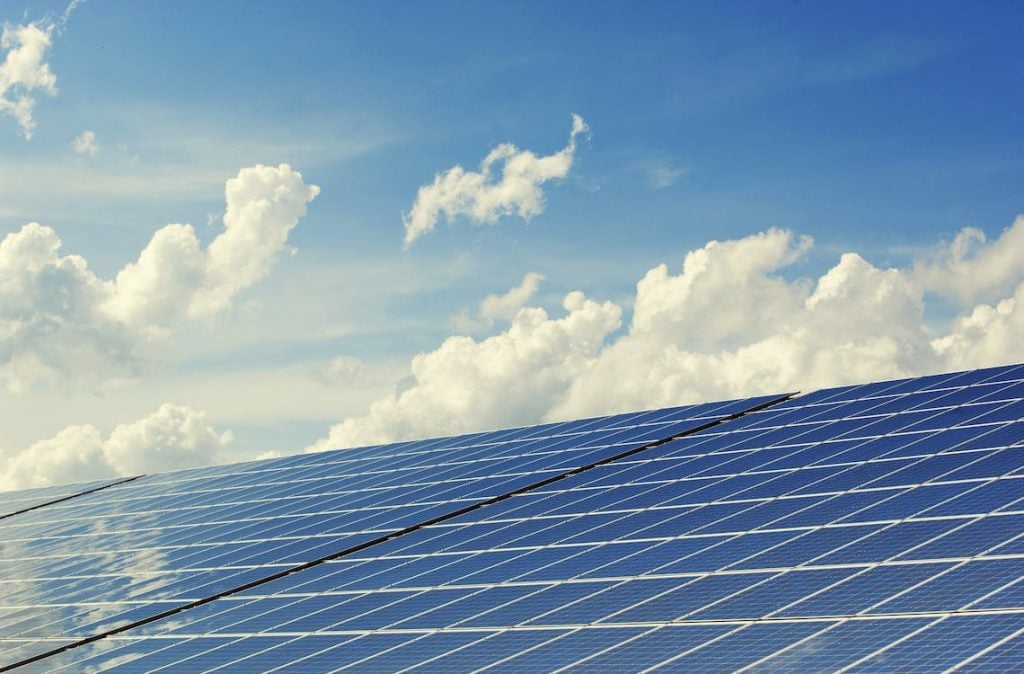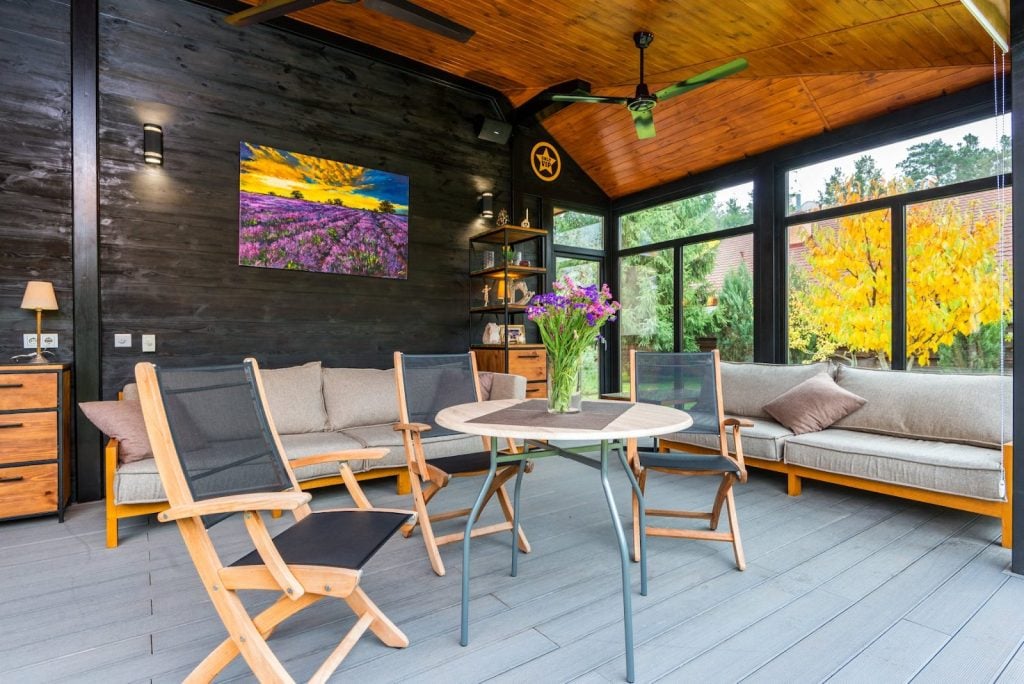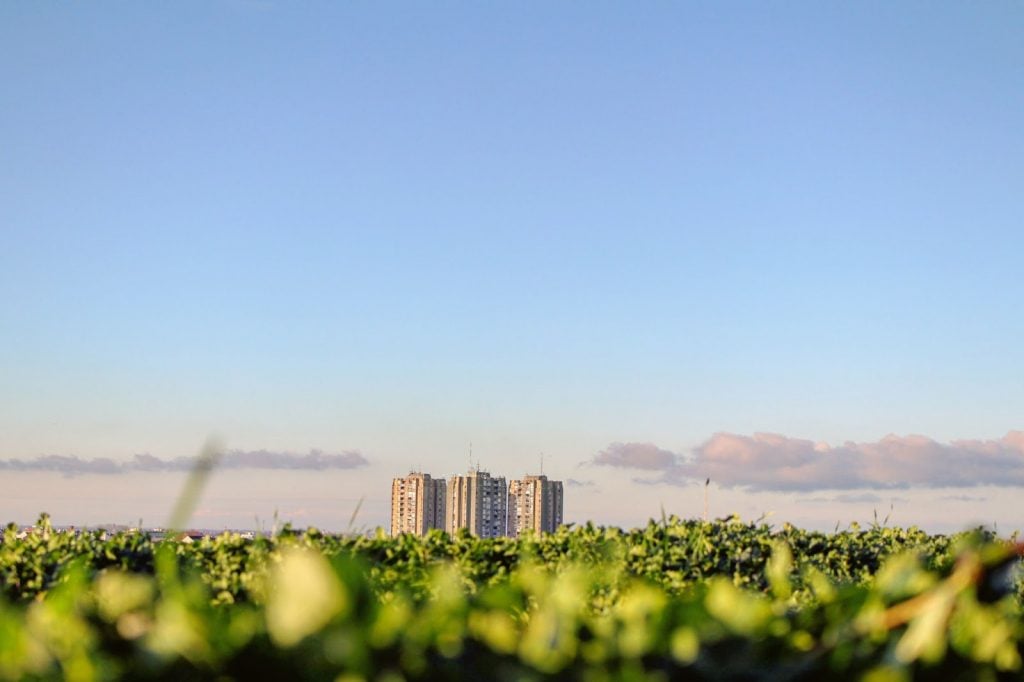BLOGS
5 Benefits of Investing in Sustainable Home
Investing in a sustainable home can save you money in the long run. Learn more about the five long-term benefits of sustainable homes here!
Choosing to invest in a sustainable home is not just an environmentally friendly decision; it’s also a move that brings significant long-term advantages. From financial savings to enhanced health, the benefits are far-reaching. This detailed exploration reveals five key benefits of investing in sustainable home.
1. Energy Efficiency and Substantial Cost Savings
A. Drastic Reduction in Energy Consumption
Sustainable homes are ingeniously designed to capitalize on natural resources such as sunlight and wind to provide heating, cooling, and electricity. This clever use of renewable energy reduces dependency on traditional energy sources, significantly decreasing overall energy consumption. By harnessing the power of the sun and wind, sustainable homes contribute to a greener environment and help combat the effects of climate change.

B. Substantial Monetary Savings
A direct consequence of lower energy consumption is a reduction in utility bills. Over time, these savings can accumulate into substantial amounts. According to the U.S. Department of Energy, energy-efficient homes have the potential to save homeowners between 20-30% on their energy bills. By cutting down on energy waste and optimizing energy usage, homeowners can free up more funds for other important aspects of their lives, such as education, travel, or investments.
C. Long-Term Financial Benefits
By investing in a sustainable building, homeowners can enjoy long-term financial benefits. The substantial savings made over time can offset the initial cost of installing energy-efficient systems. Additionally, energy-efficient homes tend to have a higher resale value, making them a smart investment for the future. Not only do these homes provide a comfortable and sustainable living environment, but they also offer financial security and stability in the long run.
2. Boosted Property Value
A. Rising Demand for Green Homes
With increasing global awareness about climate change and the need for sustainable living, the demand for a green home or a green building is on the rise. This growing interest among buyers can significantly boost the value of sustainable homes, as people are becoming more conscious of their environmental impact and seeking eco-friendly options for their living spaces.
B. Higher Resale Value
Research has consistently shown that sustainable housing sells at a premium compared to their conventional counterparts. This means that investing in a sustainable home can provide substantial returns when you decide to sell. Green homes not only offer energy efficiency and reduced environmental footprint but also appeal to buyers who prioritize sustainability and want to contribute to a greener future.
C. Attractive to Future Buyers
In addition to providing a higher resale value, sustainable homes may be more attractive to future buyers. As the trend towards sustainability continues to grow, homes with green features will likely become increasingly sought after. Potential buyers are not only considering the immediate benefits of living in an eco-friendly home but also envisioning the long-term advantages of reduced energy costs, improved indoor air quality, and a smaller carbon footprint.
3. Enhanced Indoor Air Quality
A. Utilization of Non-Toxic Materials
One of the key features that sets sustainable homes apart is the deliberate use of non-toxic building materials. Unlike traditional building materials that can emit harmful chemicals, sustainable materials prioritize the health and well-being of occupants. By incorporating non-toxic materials, sustainable homes improve indoor air quality, creating a safer and healthier living environment for residents.

B. Health-Boosting Benefits
The improved indoor air quality in sustainable homes goes beyond just environmental considerations. It directly impacts the health of residents, offering a range of health-boosting benefits. By reducing exposure to harmful chemicals and pollutants, occupants may experience fewer allergies, respiratory problems, and other health issues. This commitment to promoting better health through sustainable construction practices is a significant advantage for those who prioritize their well-being.
C. Positive Impact on Mental Health
In addition to the physical health benefits, sustainable homes also positively impact mental well-being. The presence of clean, fresh air inside the living spaces can contribute to an enhanced mood and increased productivity. Breathing in air that is free from pollutants can create a sense of tranquility and harmony, promoting a healthier state of mind. The connection between good indoor air quality and improved mental health underscores the holistic approach of sustainable homes, recognizing the importance of nurturing both physical and mental well-being.
4. Lower Environmental Impact
A. Reduced Carbon Footprint
Sustainable homes, through the utilization of renewable energy sources such as solar power and the implementation of energy-efficient appliances, significantly reduce their carbon footprint. By emitting fewer greenhouse gases, these homes play a crucial role in combatting climate change and creating a more sustainable future for our planet.
B. Preservation of Natural Resources
Sustainable homes prioritize energy efficiency and incorporate water-saving features that minimize water consumption. Additionally, the materials used in these homes are sourced sustainably, preserving our planet’s precious natural resources. This mindful approach promotes responsible resource management and helps to safeguard our environment for future generations.
C. Contribution to Biodiversity
One of the remarkable aspects of sustainable homes is their commitment to supporting biodiversity. Many of these homes feature green roofs and gardens, enhancing the aesthetics and providing habitats for local wildlife. By creating these natural havens, sustainable homes actively contribute to preserving biodiversity, fostering a healthier and more balanced ecosystem.

5. Greater Comfort and Well-being
A. Maximization of Natural Light and Ventilation
One of the key principles of sustainable homes is the maximization of natural light and ventilation. By incorporating design elements such as large windows, skylights, and open floor plans, these homes not only reduce energy consumption but also create a bright, airy, and comfortable living environment. The abundant natural light not only enhances the aesthetic appeal of the space but also promotes a sense of well-being and boosts productivity. Also, proper ventilation helps maintain fresh indoor air quality, improving the overall living experience.
B. Fostering a Connection with Nature
There is a deliberate effort to foster a deep connection with nature in many sustainable homes. This is achieved by incorporating green spaces and indoor plants, bringing the outdoors inside. These natural elements add visual appeal and have numerous benefits for the residents. Research has shown that having plants indoors can enhance mental well-being, reduce stress levels, and improve air quality. The presence of greenery creates a calming and soothing atmosphere, promoting relaxation and tranquility.
C. Noise Reduction
Another important aspect of sustainable home design is incorporating features to reduce noise pollution. Noise can significantly impact our well-being, affecting our sleep, concentration, and overall quality of life. Sustainable homes address this issue by implementing design elements such as soundproof windows, insulation, and strategic placement of rooms. These features create a quieter, more peaceful living environment, enhancing comfort, relaxation, and overall well-being.
Final Thoughts
Sustainable homes are more than just a trend – they represent a future-forward approach to housing that benefits homeowners and our planet. The advantages of investing in a sustainable home are numerous and compelling, from significant cost savings and increased property value to improved health and comfort.
Furthermore, the reduced environmental impact and the active contribution to biodiversity enhancement align with the global drive towards sustainability, making eco-friendly homes a truly worthy investment. As the demand for green living continues to rise, investing in a sustainable home is an informed and responsible choice that pays off in the long run. It’s not just about living in harmony with nature but also enjoying a superior quality of life while securing a financially stable future.
Suggested Read: Sustainable Design That Won’t Run Your Home’s Charm
Suggested Read: Philippines Interest Rates For Real Estate in 2022
Suggested Read: How To Donate Blood: Understanding Blood Types
Suggested Read: Boracay: Emerging Residential Investment Hotspot
Suggested Read: Updating Your Investment Portfolio















